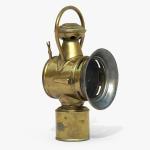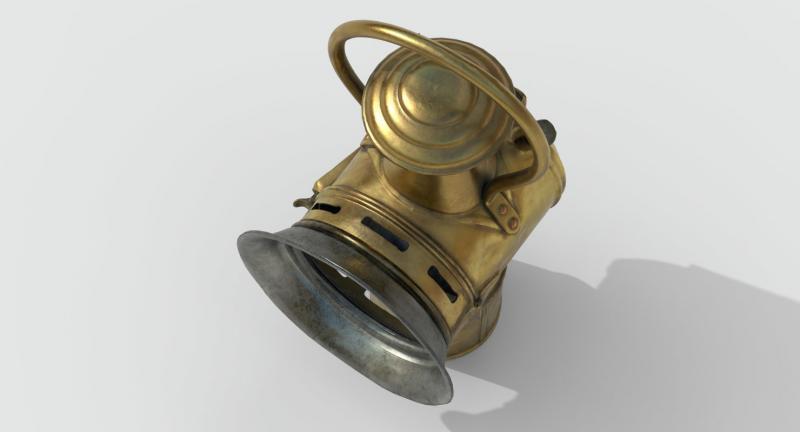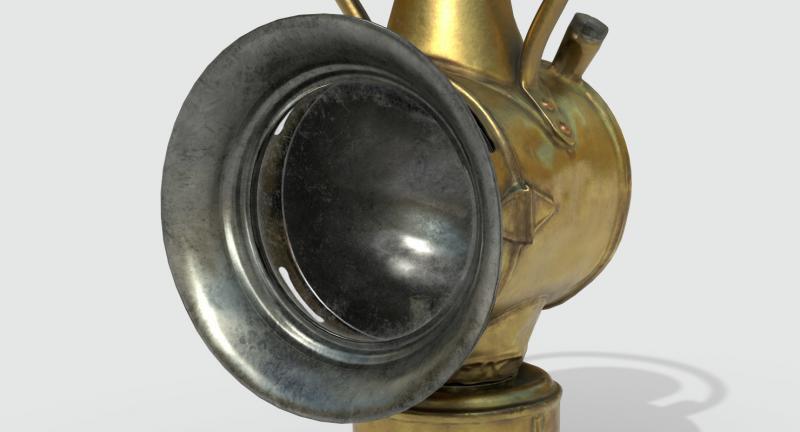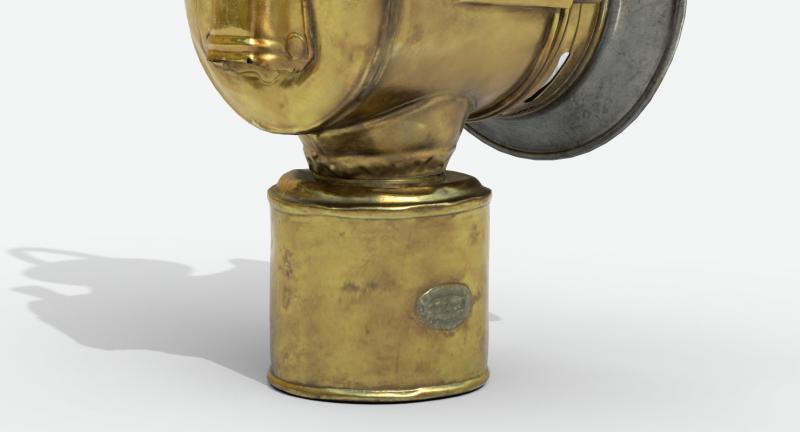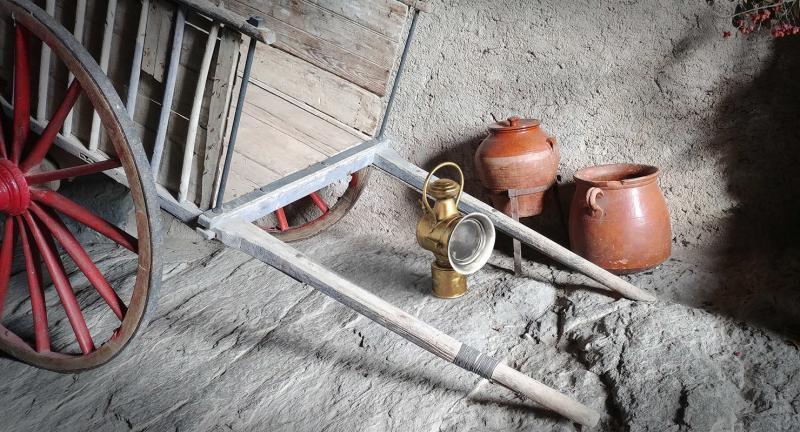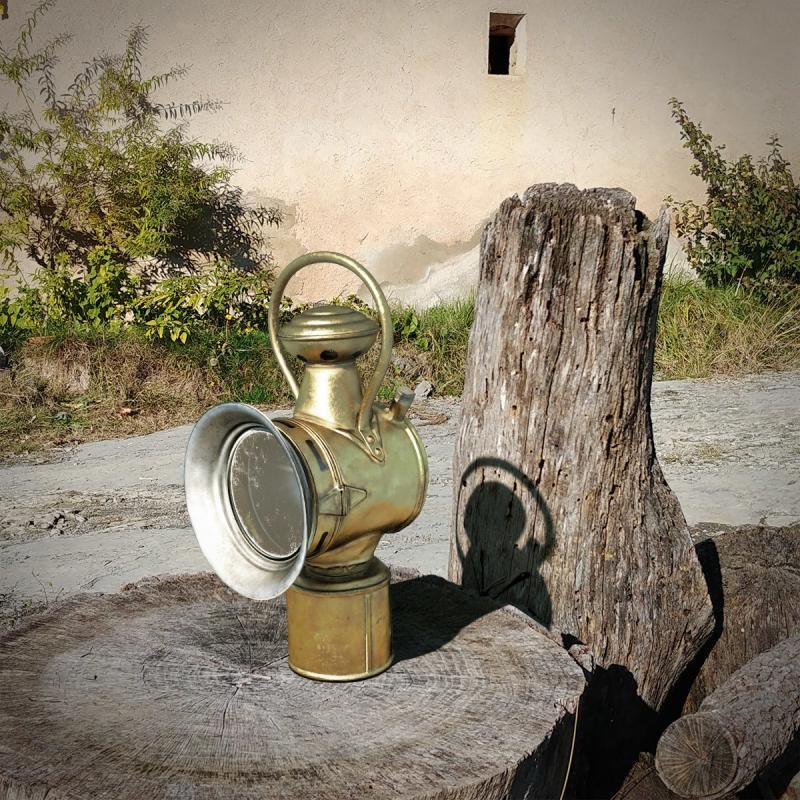Digitize an object in 3D, from the display case to the screen.
The possibility of converting a real object to virtual opens the door to a technological universe that helps us grow.
Whether the goal of digitalization is commercial, educational, technical or recreational. Having a virtual and exact copy of any object can be a great help, even for commercial or therapeutic solutions using augmented reality (AR) or virtual reality (VR) technology.
The virtual object can be used in video games, renderings of interior design or architecture, film or television productions, or simply to make known in the other end of the planet immediately, with the utmost detail and precision.
The demand for digitalization of products for marketplaces or online virtual stores is growing every day. With more optimized formats, such as the glTF that can group the 3D mesh in a single file, together with the necessary textures so that its correct visualization, occupy less memory space, therefore they are downloaded faster and run more lightly in applications in real time.
The virtual object presented here was scanned with a high resolution scanner and subsequently optimized in its 3D mesh and texture to achieve maximum visual similarity with the original. In this case, we have tried to achieve a reduced polygonal density that does not slow down 3D applications in real time (RT) that can use it and that at the same time reproduce correctly on the screen.
In this case, the design of the textures has been carried out in accordance with the PBR (Physically Based Rendering) methodology with which, through specific texture maps, and within very specific parameters, for the different characteristics (brightness, color, relief , transparency, etc.) of the texture of each object, we get a very realistic visual representation. It also allows the exchange of formats between 3D applications while maintaining the quality and realism of the texture to the 3D object.
But it is also possible to treat the 3D mesh with a higher polygonal density that allows precision 3D printing, in order to obtain a physical copy of the object with great fidelity of detail and in a multitude of materials: resins, plastics, metals, glass, ceramics, wax …


